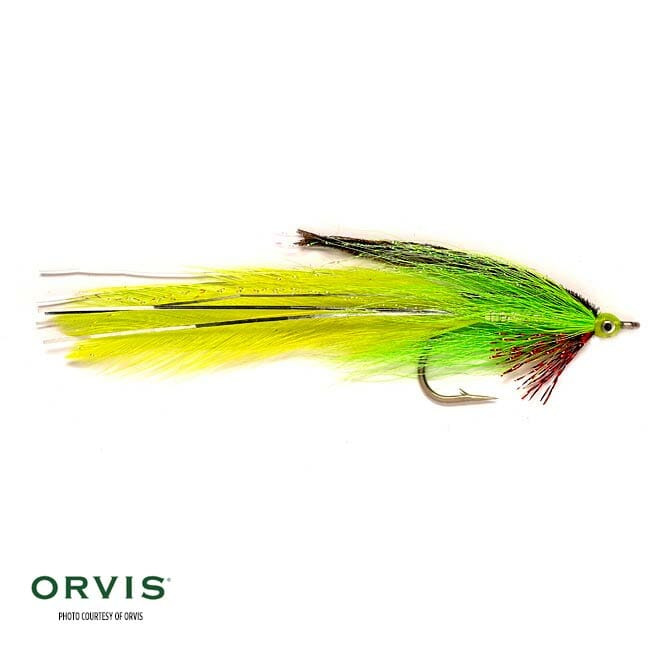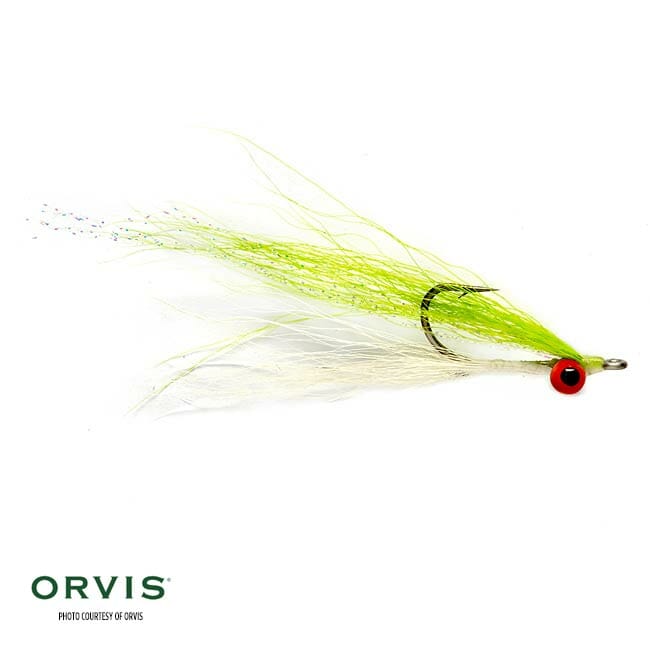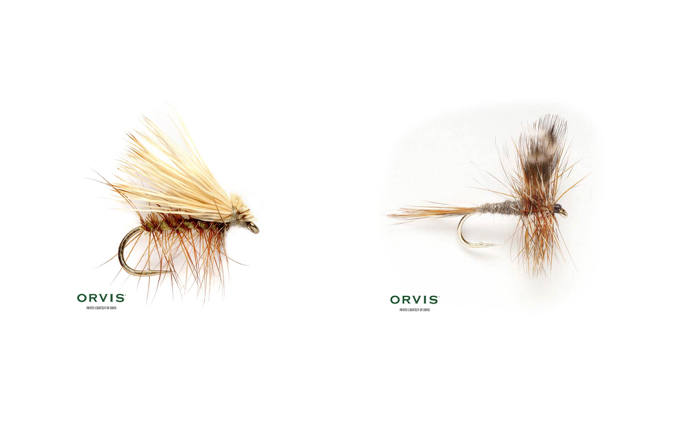Two classic dry flies square off for all the marbles
Twenty flies, two weeks and some intriguing matchups all come to a head today as the Elk-hair Caddis and the Adams face off in the championship match of the TU-Loon Outdoors Spring Fly Showdown.
And it’s a big day for interested anglers, fly tiers and fly-pattern aficionados, too. Those who cast a vote in today’s final-round matchup are eligible to win a Loon Outdoors Complete Fly-tying Kit.
How they got here
The Adams and the Elk-hair Caddis. This is like Duke and Kentucky squaring off in the NCAA basketball championship game—neither fly is particularly flashy or over-the-top spectacular. But they are both proven fish-catchers, and just like their hoops counterparts, they’ve always been good. If we held this tournament perennially, these flies would be consistent No. 1 seeds.

But, in the interest of pure fly-fishing analysis, that fact that these two flies have each made it through to the finals likely speaks more about the voters in this fantasy event than it does the flies. Both are classic dry flies—the patterns that likely define the origins of fly fishing for most who pursue the craft today. These patterns are designed to float high and bring trout to the top, creating one of the most thrilling moments in all of outdoor pursuits — the take.
Are there more dramatic hook-ups in the fly fishing? To be sure. My most memorable “take” took place on a remote lake in northern Manitoba when a 45-inch pike erupted beneath a gurgler in dark water under impossibly blue skies. The momentary hole in the water was bathtub-big.

And I didn’t hook the fish. I do, though, still have the fly, which nearly sawed in two by the water wolf.
Others, I’m sure, might remember the tarpon that closed on a streamer in perfectly clear water off the coast of Marathon, or the largemouth that crushed a popper in an East Texas farm pond.
But most of us who now chase pike, tarpon and bass likely started fly fishing for trout, where we sought out that simple connection between a small hook wrapped carefully with thread, feather and hair and the cold-water denizen we hoped to fool. It’s the rise. The eat. It’s a trout thing.
That’s why these two flies are where they are in this quickly crafted “tournament.” They sing of our roots as fly fishers.
To get to this final matchup the Elk-hair caddis soundly defeated three other renowned flies—the Clouser Minnow, the Royal Wulff and the Prince Nymph. The Adams road the title tilt featured convincing wins over Lefty’s Deceiver, the Copper John and the Woolly Bugger (which gave it a run for its money in the final four). Both championship flies defeated two of the most-fished saltwater baitfish patterns ever tied.
They both defeated tried-and-true nymph patterns. And they both defeated other classic trout flies, which, at least among the voters of this tournament, gives them significant cache in the fly-fishing universe.
The flies
The Adams, crafted on the banks of the Boardman River in Michigan in 1922 as a general mayfly imitation, remains a staple in dry-fly boxes to this day, simply because it gives trout a more-than-reasonable impression of any number of mayflies. Tied in smaller sizes, like a size 18 or 20, the Adams is a good pattern during a fall or spring Blue-winged Olive hatch. In bigger sizes, all the way down to a size 8, it can imitate anything from a Green Drake, a March Brown or even a Michigan Hex.
It is perhaps the most important dry fly ever tied, and you’d be hard-pressed to find a fly box that doesn’t have at least a few of these flies tucked inside.
Like a lot of classic fly patterns, the Elk-hair Caddis was born among the great trout waters of Pennsylvania. First tied by Al Troth in 1957, the Elk-hair caddis remains a fly-box staple to this day.
Tied to imitate a specific bug during its adult stage, this pattern has been altered and re-altered many times, but the elk hair has largely remained a “requirement” when crafting this fly at the vise. Later variations have been tied to include a nymphal “shuck” to make the fly imitate an emerging adult stuck in the surface film, and other tiers and customized the fly’s colors to imitate hatches on their home waters.
Regardless, for a caddis hatch, the Elk-hair Caddis imitation is a go-to pattern for most angler who enjoy dry-fly fishing for consistently rising trout.



